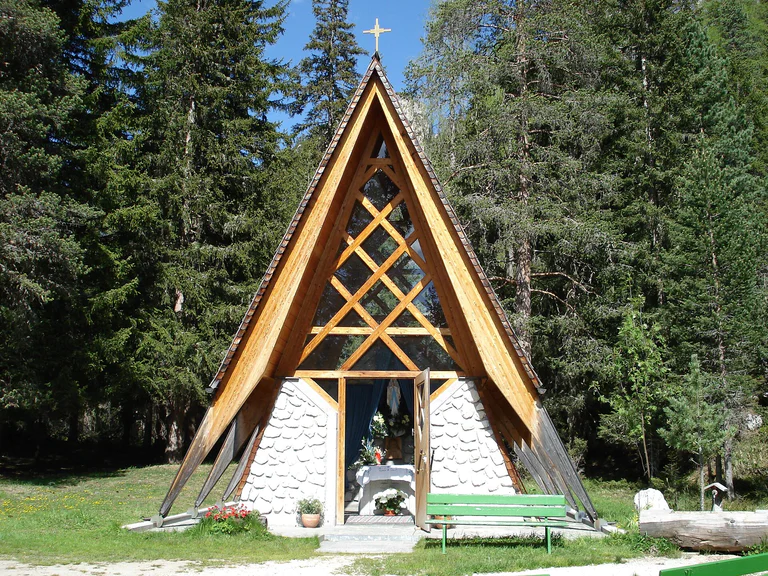Colz Castle, also called Rubatsch Residence, is a massive building, which boasts a curtain wall with four round towers and many embrasures.
The castle dates back to the year 1536, when Ferdinand I allowed Hans von Rubatsch to build himself a residence. At the end of the 16th century the castle entered into the possession of the Lords of Colz. In the course of time, the building served many functions, like the one of a poorhouse. Finally, it entered into the possession of a farmer’s family.
Colz Castle gained some popularity thanks to the knight Franz Wilhelm Prack zu Asch, also called “Gran Bracun“, who lived in the Ladin valleys between 1573 and 1581 and was known for his cruel but heroic battles.
Finally, Colz Castle was restored. Today it is private.
























































































